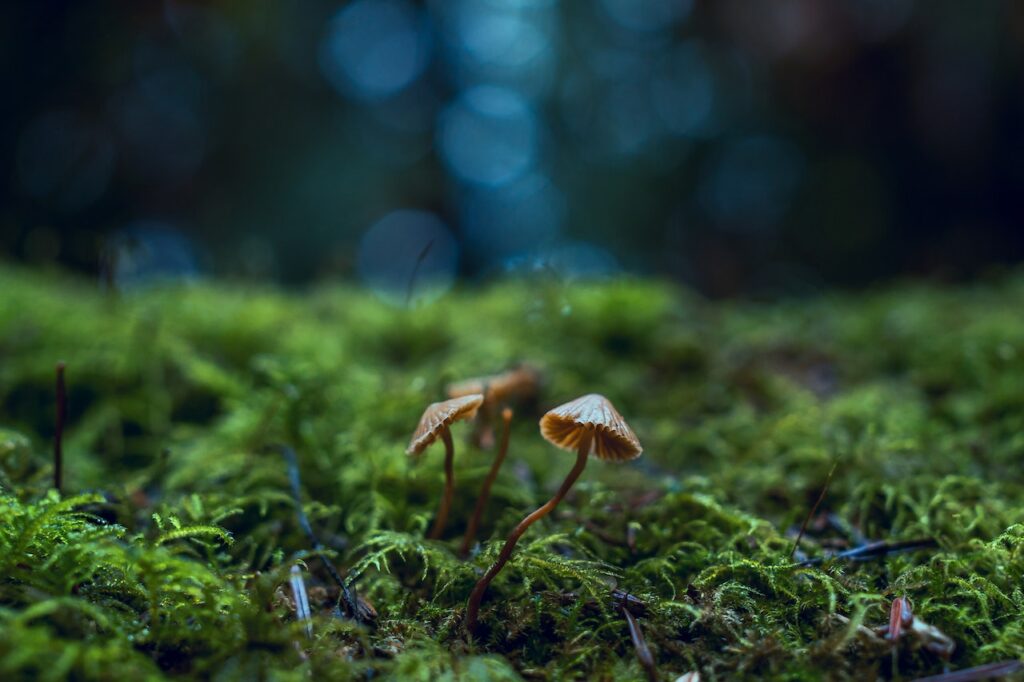
Ecosystems are the intricate and interconnected webs of life that encompass our planet. From the vast oceans to the dense rainforests and the sprawling grasslands, ecosystems provide vital services, support diverse species, and maintain the delicate balance of nature. In this article, we will delve into the fascinating world of ecosystems, highlighting their importance, the threats they face, and the role of environmental journalists in advocating for their preservation.
Understanding Ecosystems
Ecosystems are dynamic communities of organisms, their interactions with one another, and their physical environment. They encompass a wide range of habitats, from terrestrial ecosystems such as forests, deserts, and tundras, to aquatic ecosystems like rivers, lakes, and coral reefs. Each ecosystem is characterized by its unique biodiversity, abiotic factors, and ecological processes that sustain life.
The Importance of Ecosystems
Ecosystems provide numerous essential services that support life on Earth. They regulate climate patterns, maintain water cycles, control soil erosion, and pollinate crops. Ecosystems also offer habitats for countless species, contribute to genetic diversity, and offer potential sources of medicine and food. They are not only vital for wildlife but also for human well-being and sustainable development.
Biodiversity and Ecosystem Resilience
Biodiversity is the variety of life within ecosystems, including the diversity of species, genes, and ecosystems themselves. Ecosystems with high biodiversity tend to be more resilient and adaptable to environmental changes. Environmental journalists can raise awareness about the importance of preserving biodiversity, as well as the consequences of its loss, such as reduced ecosystem resilience and increased vulnerability to disturbances.
Threats to Ecosystems
Ecosystems worldwide face numerous threats, primarily due to human activities. Habitat destruction, pollution, climate change, overexploitation of natural resources, and invasive species all pose significant challenges to the integrity of ecosystems. Environmental journalists can investigate and report on these threats, exposing the causes and consequences, and highlighting the urgent need for conservation and sustainable practices.
The Role of Environmental Journalists
Environmental journalists play a critical role in documenting and raising awareness about ecosystems. By sharing stories of unique ecosystems, rare species, and the importance of preserving ecological balance, journalists can connect readers to the wonders of the natural world. They can also investigate and expose environmental crimes, promote conservation initiatives, and inspire individuals and policymakers to take action.
Promoting Ecosystem Conservation
Environmental journalists can advocate for ecosystem conservation by highlighting successful conservation projects and innovative approaches. They can showcase restoration efforts, sustainable land management practices, and community-led conservation initiatives. By telling these stories, journalists can inspire individuals, communities, and policymakers to prioritize ecosystem conservation and foster a sense of stewardship for the natural world.
Conclusion
Ecosystems are the foundation of life on Earth, providing a wealth of benefits and supporting the survival of countless species. As environmental journalists, we have a responsibility to celebrate the beauty and complexity of ecosystems, raise awareness about the threats they face, and advocate for their preservation. By communicating the importance of biodiversity, exposing environmental challenges, and promoting sustainable practices, we can contribute to the protection and restoration of ecosystems, ensuring a sustainable future for generations to come. Let us unite in our efforts to nurture and safeguard these remarkable ecosystems that sustain life on our precious planet.